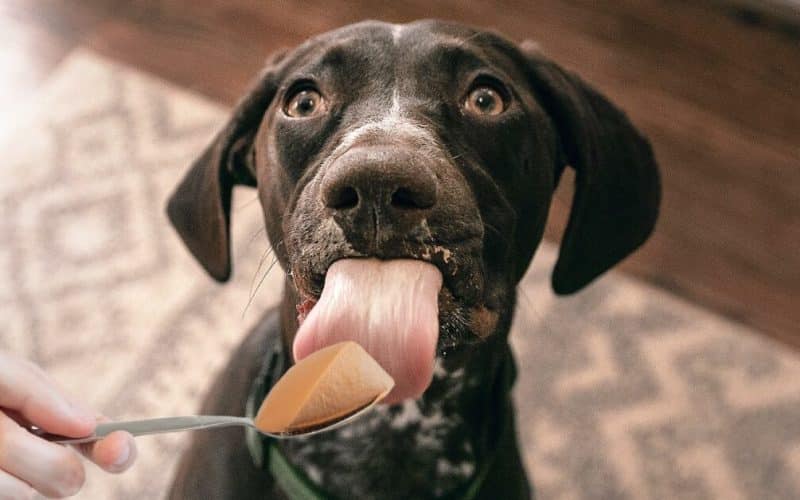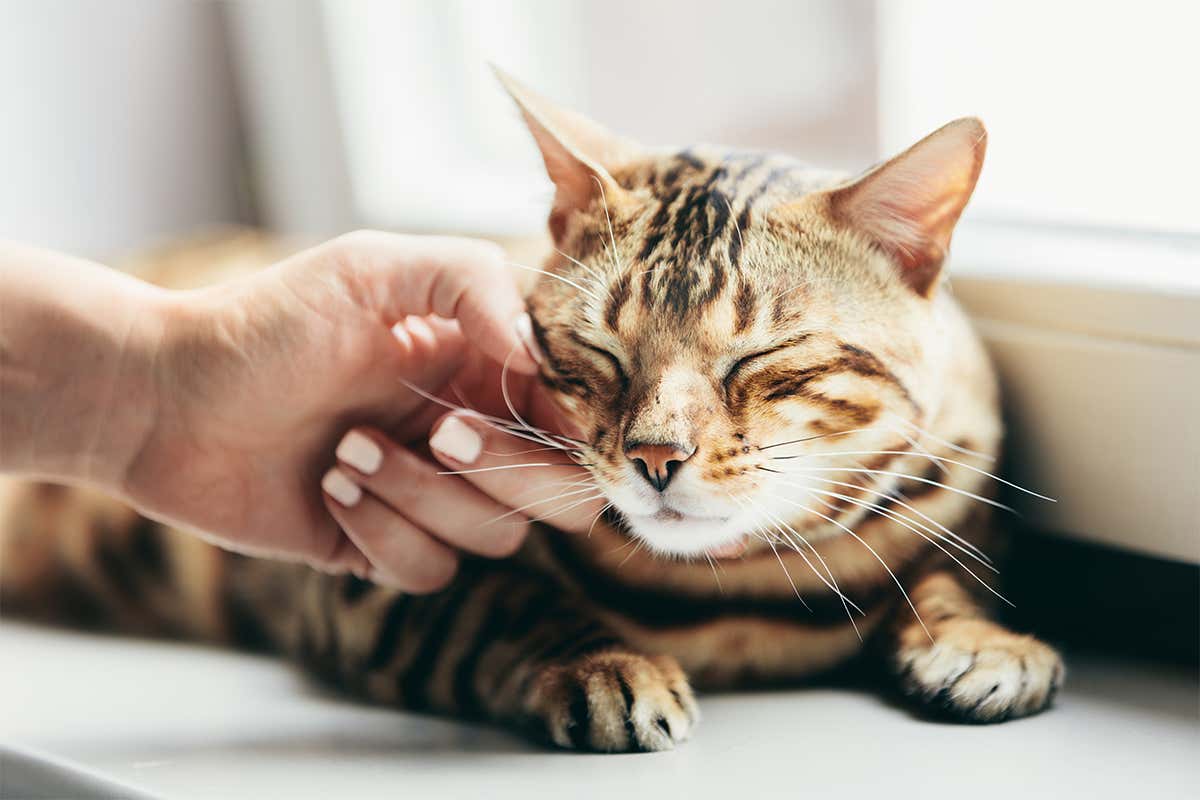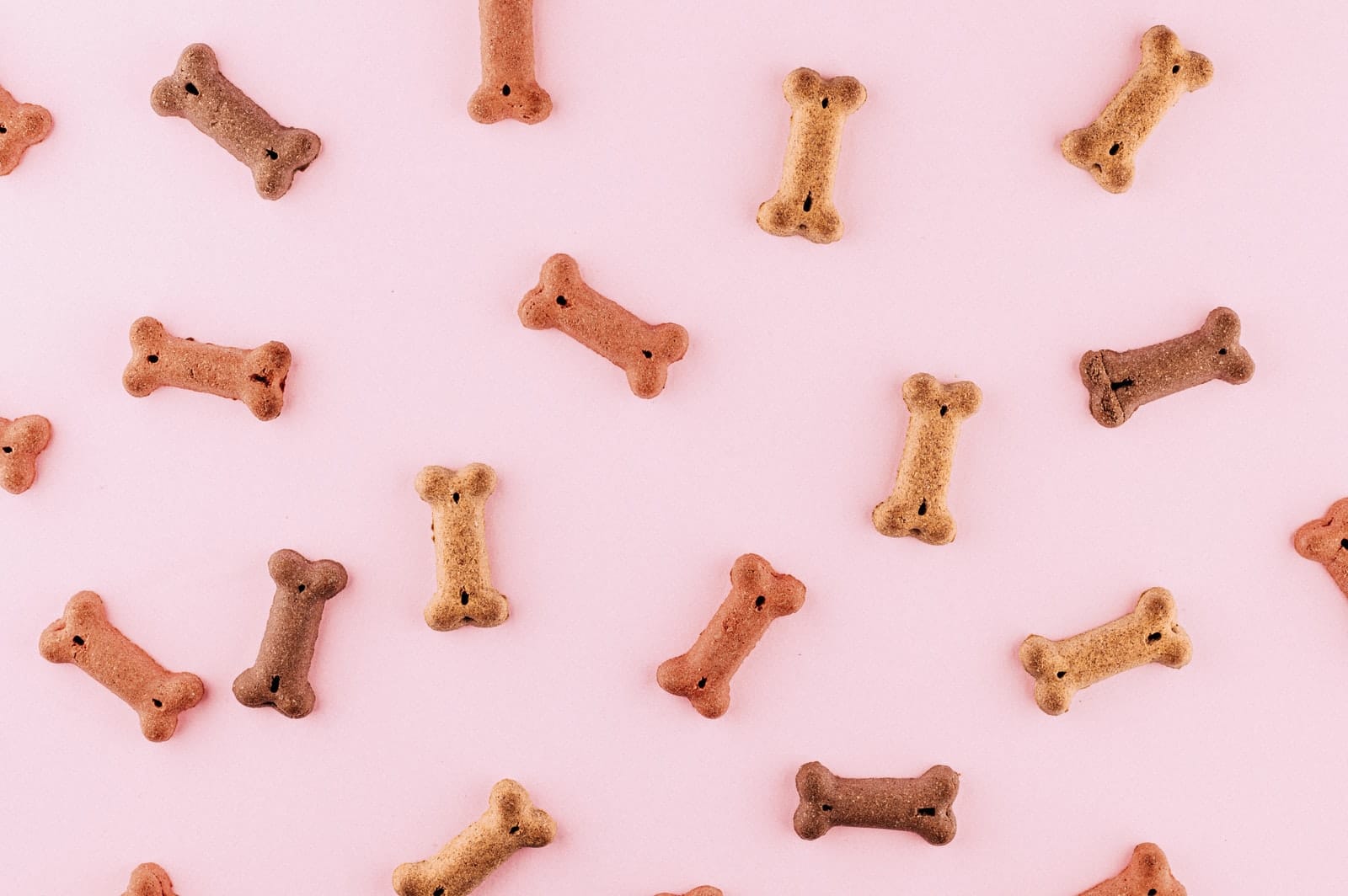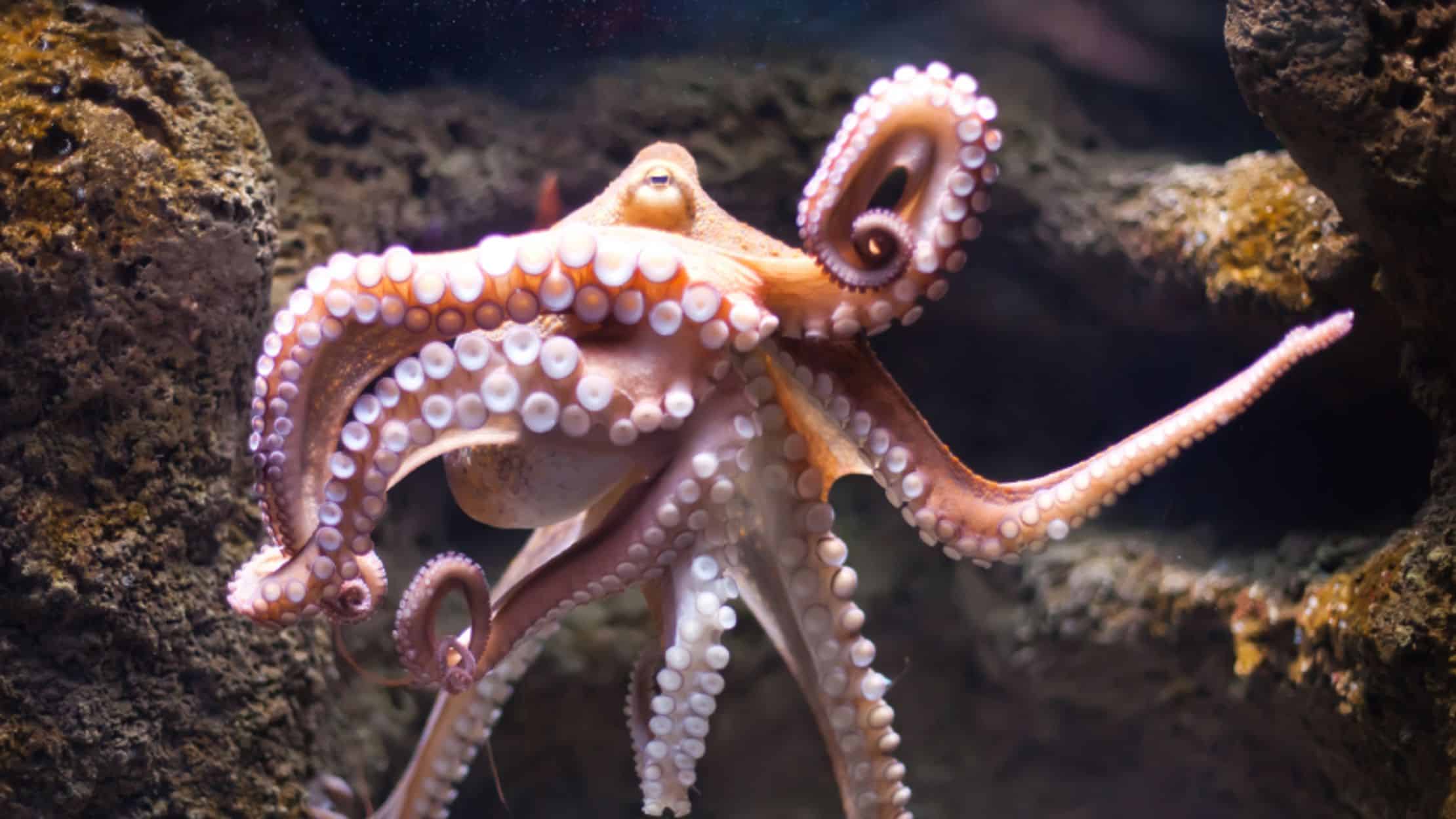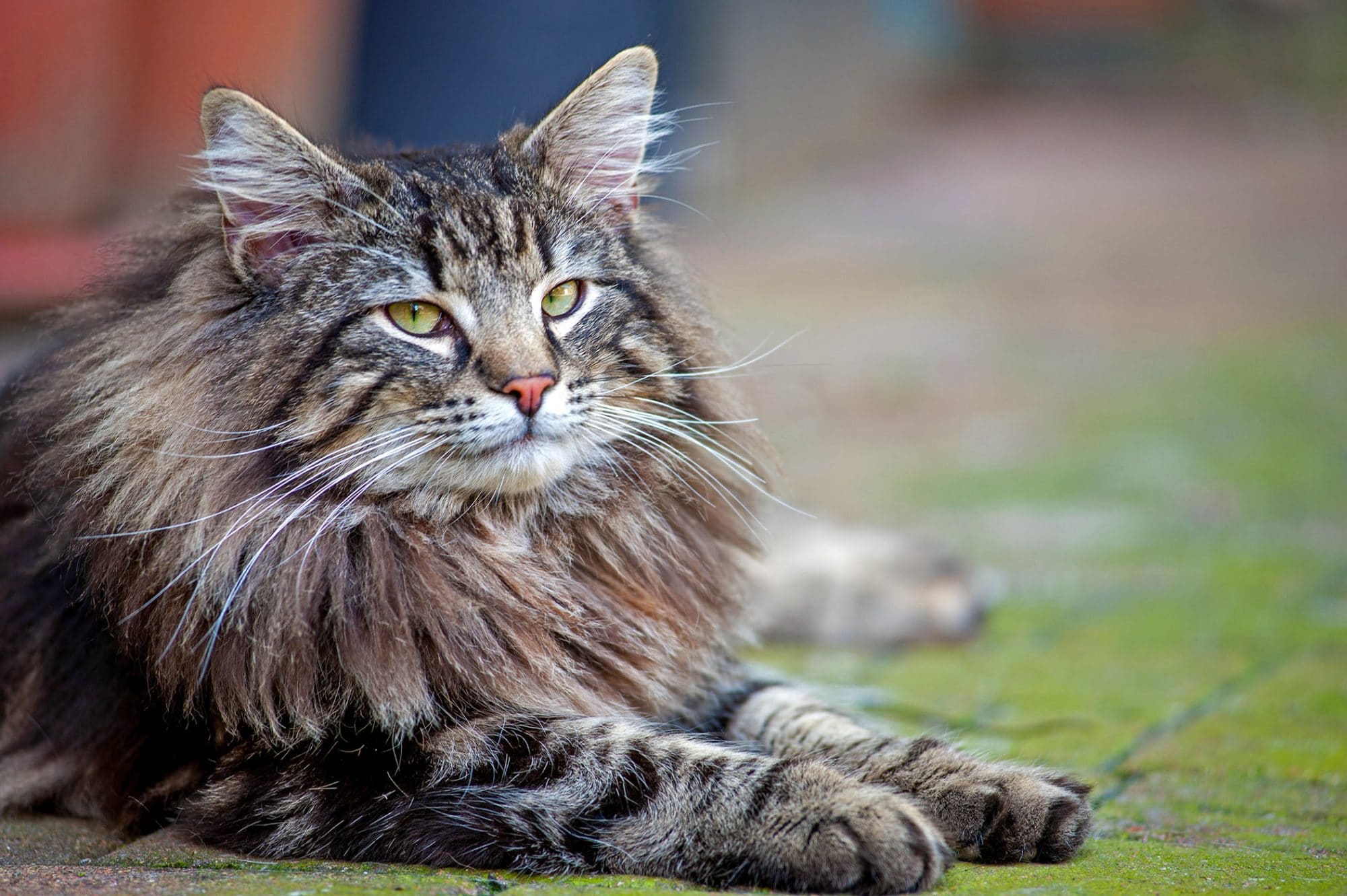When you think of tortoise, the first thing that comes to most people’s mind is the “Teenage Mutant Ninja Turtle”, even though they aren’t the same reptiles.
This cute animal is very common for many people for being quiet, and the patterns on its hard shell make it attractive enough to serve as a good pet.
Tortoises are also remarkable for living for as long as 50 to 100 years and can be a great lifetime companion.
The tortoise behaviour and temperament:
Most tortoises are naturally shy in nature, hence making them one of the most docile creatures. However, it would be a big mistake having two male tortoises in place. This might bring out the aggression in them towards each other and even attack and inflict injuries on each other as a result.
Taking care of a tortoise can be quite complicated as well as demanding, especially when they become bigger, making them tedious to handle.
Excessive handling of a tortoise might be discomforting to the shell creature, and this may cause illnesses as a result of stress from being over-handled.
Keeping pet tortoises:
The size of some tortoises should be put into consideration since they can grow to enormous proportions. This means a large enclosure is required to get these babies comfortable enough to live long. They survive best in a milder climate and should be taken indoors when it gets cold, especially at night.
Because the tortoise is in the habit of hibernating now and then, it is imperative that the environment favours them, so they don’t fall sick.
Some species of tortoise are known to be able to climb remarkably well, so it is vital you put a roof over the pen. Also ensure that the enclosure is free of ants and safe from predators, most especially dogs.
Clear the surroundings of poisonous plants and make sure the attachment is strong enough to keep the crawler in by burying the fences deep into the soil because some tortoise can burrow into the ground while some are known to be very strong and can pull down a pen just as quickly.
More so, step and other obstacles should be avoided as it may cause the tortoise to trip over on their backs. This should be entirely avoided.
Tortoise food and water:
Tortoise diet depends solely on the species you have in your care since they differ in sizes and have different dietary habits, but all pet tortoise requires a plethora of foods that comprise of phosphorus and calcium.
Some species of tortoise have a bigger appetite than most, and they need a large amount of food to fill and keep them in healthy shape.
Picking your tortoise:
It is imperative that if you must choose a tortoise as a pet, you should get a captive bred pet tortoise if it’s possible. This might not be easy for some tortoise species as the capturing and shipping of the reptile may have stressed it and exposed it diseases.
It may be possible to get rescued tortoise in some areas, while some are from some owner who couldn’t keep up with taking care of tortoise requirements.
Quarantining your new buddy is very necessary to ensure it is parasite free, most especially if you house other reptiles. Since some species are known for their aggression, familiar with the male tortoise, so it is advisable to space them, so they don’t have to get territorial.
Failure to do this may result in severe injuries on the legs and eyes. Also, ensure you do some research so as to help guide you better in caring for them.
Tortoise common health problems:
Tortoise, like most common reptiles, is susceptible to respiratory infections and most tortoises raised in the wild are likely to experience this as a result of unsanitary conditions.
Early signs of respiratory infections may include weight loss, lethargy, the presence of mucus around the mouth and nostrils and may consist of wheezing as well as loss of appetite.
Although respiratory infections can be treated with antibiotics administered through injection injections by qualified veterinarians ensuring your pet stays warm while undergoing treatment.
Diets deficient in calcium could make your pet susceptible to metabolic bone disease (MBD) and may require a considerable amount of exposure to ultraviolet radiation A and B (UVA/B) to help them absorb calcium.
Another natural option is to option is to expose them to direct sunlight like their buddies in the wild do for most of their waking hours to get the same level of UVA/B exposure.
The shell of a young tortoise may show first signs when it lacks in calcium and affects young tortoise by stunting its growth while older tortoises may develop weak bones in their limbs hence making movement difficult, or worst still, easy bone fractures.
Although MBD can be treated, your pets may not recover if the condition is left to persist too long. Make sure to consult a qualified reptilian veterinarian to administer treatment better the right way.



